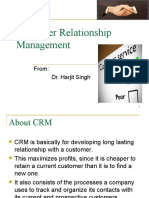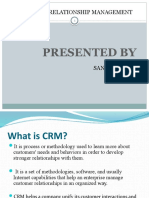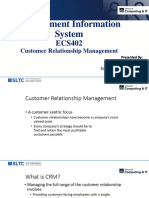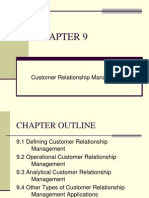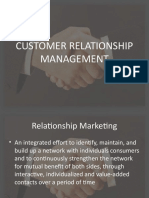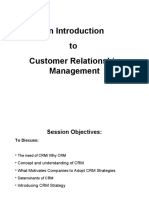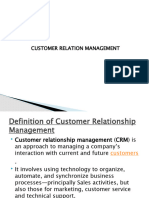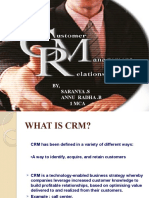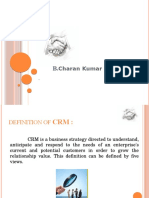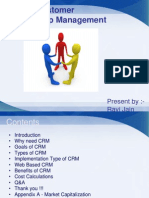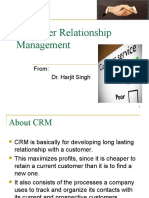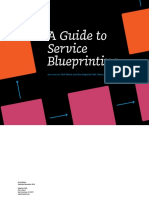0% found this document useful (0 votes)
24 views44 pagesMIS Module 4 - 2
Customer Relationship Management (CRM) is a strategic approach aimed at enhancing customer satisfaction and loyalty while reducing costs and increasing profitability. The document outlines the history, types, benefits, and components of CRM, emphasizing its importance in today's business environment. It also discusses the advantages and disadvantages of CRM systems, as well as future trends in the field.
Uploaded by
xiletek723Copyright
© © All Rights Reserved
We take content rights seriously. If you suspect this is your content, claim it here.
Available Formats
Download as PDF, TXT or read online on Scribd
0% found this document useful (0 votes)
24 views44 pagesMIS Module 4 - 2
Customer Relationship Management (CRM) is a strategic approach aimed at enhancing customer satisfaction and loyalty while reducing costs and increasing profitability. The document outlines the history, types, benefits, and components of CRM, emphasizing its importance in today's business environment. It also discusses the advantages and disadvantages of CRM systems, as well as future trends in the field.
Uploaded by
xiletek723Copyright
© © All Rights Reserved
We take content rights seriously. If you suspect this is your content, claim it here.
Available Formats
Download as PDF, TXT or read online on Scribd
/ 44






